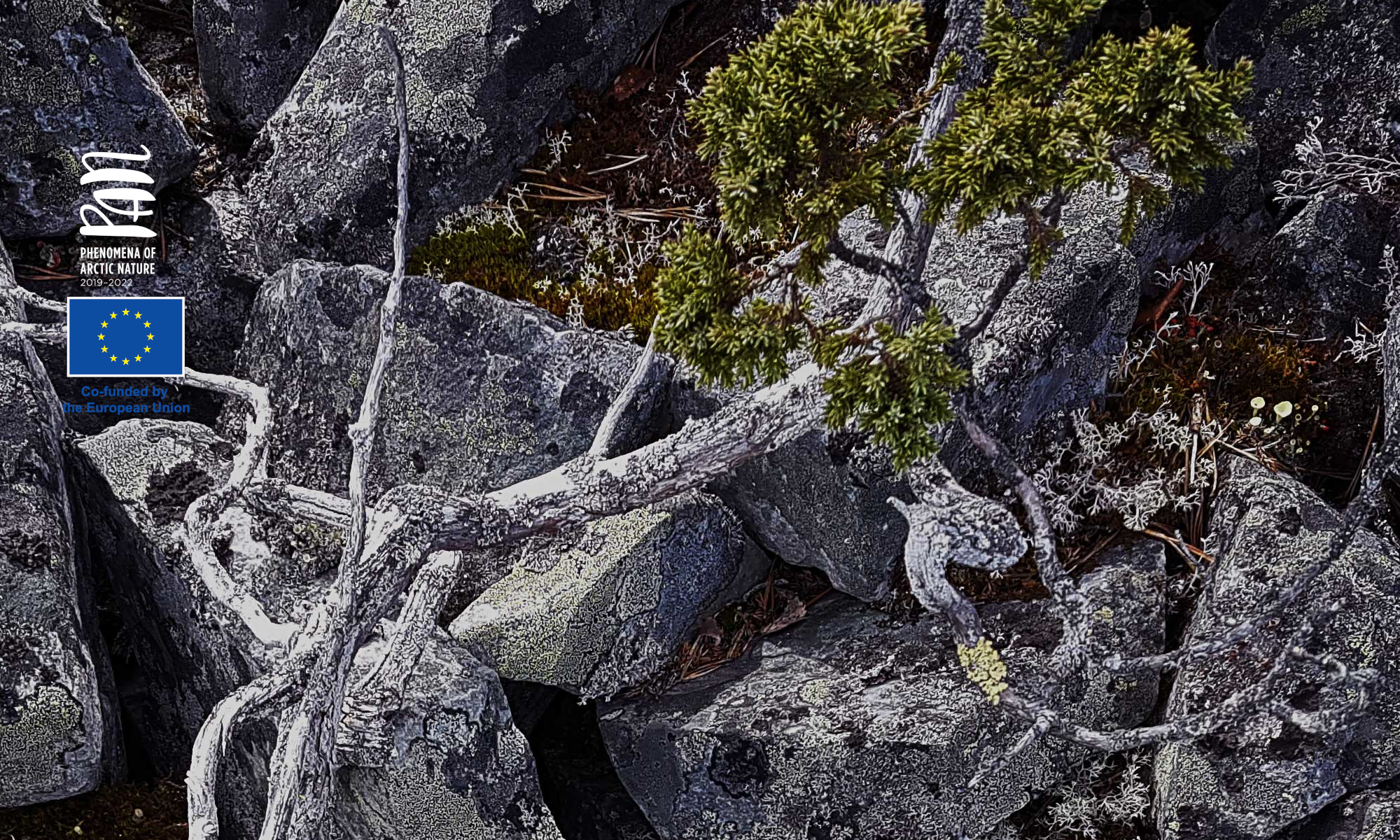Introduction to nature-based tourism products

Nature-based tourism is based on outdoor activities and experiences in nature. The selection of the different activities and services is large-scale and wide-ranging. Currently, the most potential activities are hiking, cycling, canoeing and observing wildlife as well as culinary, cultural and wellness-focused activities. In addition, custom itineraries and greener/sustainable/low impact itineraries remain in high consumer demand.
The video below presents adventures in Arctic Europe:
[embedyt] https://www.youtube.com/watch?v=DbmOOlT6fHU[/embedyt]
In theory, the nature-based tourism products and activities can be categorized into various forms and types of tourism such as ecotourism, adventure tourism, sports tourism, wildlife tourism, hunting and fishing tourism, well-being and wellness tourism and rural tourism. The figure below presents the theoretical framework for nature-based tourism:
The adventures can also be divided into soft and hard adventures. Soft adventures refer to activities that include low levels of actual risk, require minimal commitment and beginning skills, and are led by experienced guides. Hard adventures refer to activities that include high levels of risk, require intense commitment and advanced skills.
Another option is to divide the nature-based tourism products into self-guided outdoor activities and guided nature activities. Self-guided or independent outdoor activities are usually based on equipment rental and using the routes and services independently. In a guided nature activity, the guide ensures smooth operation, safety and the well-being of the customers.
In practice, nature-based tourism products include rental and guiding services, short-term activities, skills courses, multiple activities in one place and round trips.
Task: Think of an existing nature-based tourism product/service that you have used. Ponder how the different elements and perspectives were attended in the product/service.
In destinations, both tour operators and individual travellers expect to find a wide and diverse range of high-quality services which provide good customer experiences. Currently, tourists are interested in self-guided, recreational and soft nature activities as well as packaged nature-based tourism products that combine the local culture, food and responsibility.
The main motives for nature-based tourism are disconnecting from everyday life, recharging the batteries and relaxing in nature. Choosing an outdoor activity is determined by, among other things, the person’s interests and abilities, previous experience of the activity and the equipment as well as the on-site offering at the travel destination, sense of safety and expectations regarding the experience.
The trend in nature-based tourism is that the products become more specialized and segmented and are driven by technological innovations. Comfort and luxury services and packages are at the high end of this market differentiation.
When planning nature-based tourism products and services, companies should consider, for example, responsibility, safety and accessibility. The checklist below helps to plan the outdoor activities according to the Visit Finland (2020) criteria:
Sources and further reading:
ATTA 2020. Adventure Travel Trends Snapshot. https://www.adventuretravel.biz/research/2020-adventure-travel-trends-snapshot.
Business Finland. 2021. Matkailun julkaisut. https://www.businessfinland.fi/suomalaisille-asiakkaille/palvelut/matkailun-edistaminen/matkailun-julkaisut#luontomatkailu.
Haukeland, J., Fredman, P., Siegrist, D., Tyrväinen, L. Lindberg, K. & Elmahdy, Y. 2021. Trends in Nature-based tourism. In P. Fredman & J. Haukeland (eds.) Nordic Perspectives on Nature-based Tourism: From Place-based Resources to Value-added Experiences. Cheltenham, England; Northampton, Massachusetts: Edward Elgar Publishing, 16–31.
Lapin Liitto 2021. Responsibility. https://blogi.eoppimispalvelut.fi/tourismabc/language/en/responsibility/.
Lapin Liitto.2021. Safety and Security. https://blogi.eoppimispalvelut.fi/tourismabc/language/en/security/.
Rantala, O. 2017. Luontomatkailu. In J. Edelheim, H. Ilola & P. Björk (eds.). Matkailututkimuksen avainkäsitteet. Rovaniemi: Lapland University Press, 59–63.
Rantala, O., Hallikainen, V., Ilola, H., & Tuulentie, S. 2018. The Softening of Adventure Tourism. Scandinavian Journal of Hospitality and Tourism, 18(4), 343–361. http://urn.fi/URN:ISBN:978-952-310-952-0.
The Nordic Council of Ministers 2018. Tourism, Nature and Sustainability. https://norden.diva-portal.org/smash/get/diva2:1209894/FULLTEXT01.pdf.
Visit Finland. 2020. Outdoor Activity Product Recommendations. https://www.businessfinland.fi/4a80ed/globalassets/julkaisut/visit-finland/tutkimukset/2020/outdoor-activity-product-recommendations-2020.pdf.
Visit Finland. 2021. Tools for Sustainability and Communication. The basics of Sustainable Tourism. https://www.businessfinland.fi/48e735/globalassets/finnish-customers/02-build-your-network/visit-finland/julkaisut/vf_tool-for-sustainability-and-communication-a5_eng.pdf.
